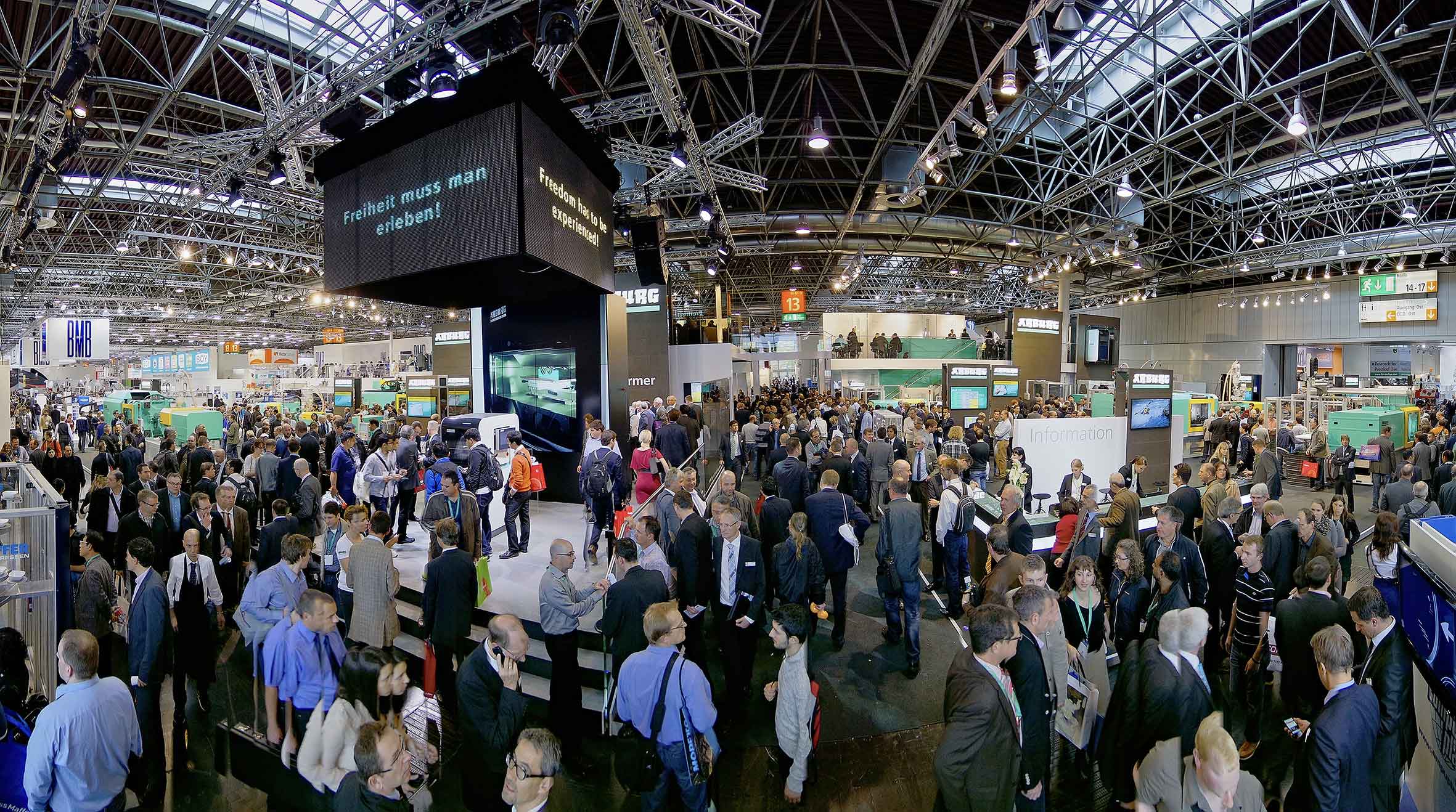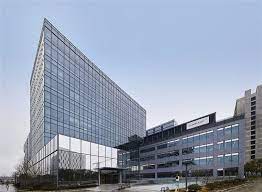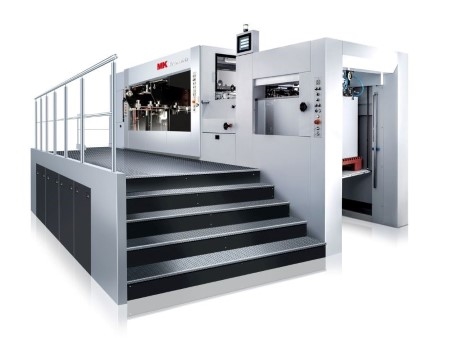Changes in car buyers’ expectations are driving automotive design and material selection of the future, said industry experts kicking off the Design Chain @ K conference.
Consumer demands for premium finishes and multifunctionality are pushing designers to find new ways to use carbon fibre in BMW interiors, said Hilke Schaer, senior consultant on fibre composites in visual applications for BMW.
But it’s not as simple as picking out the coolest-looking carbon fibre.
“The challenge is linking the two worlds of design and industry and technology while fulfilling functional and economic requirement,” she said.
Embossing, 3-D knitting and weaving and other enhancements offer enticing looks over the classic 3k twill that is usually associated with carbon fibre in cars, while still providing the material’s many advantages, including light weight, she said.
“If you look further into the future … new production processes and virtual product simulations will make materials cheaper. But the challenges of the future, such as autonomous cars, will create more challenges for interiors and exteriors,” Schaer said.
As consumer expectations evolve, “we have to integrate more and more functions and abilities,” she added.
Reinforced carbon fibre and other plastics give designers more creative freedom, opening the possibilities of transmitting data, integrating lights and sensors and even embedding solar cells in the structure of the car, she said.
Autonomous cars will create a completely different set of consumer expectations for their vehicles, said Peter Fuss, senior advisory partner in automotive at Ernst & Young.
“Interiors will have to be completely redesigned,” said Fuss, who predicts personal cars will become like “third living rooms” for drivers, who will seek out greater personalization, individualisation and comfort.
Anticipating not just what consumers want but what they actually need is key to providing the mobility solutions of the future, said Geet Jan Schellekens, senior manager of industrial design-global technology automotive at Saudi Basic Industries.
With three billion vehicles expected on the roads around the world by 2050 — and one-quarter of them electric by 2025 — sustainability concerns are shaping consumer choices and governmental regulations around the world, Schellekens said, and designers sometimes have to take matters into their own hands, take initiative within industry to anticipate an automotive market segment’s needs.
“How do we turn challenges into opportunities? Today we are turning more and more to a synergetic approach, working with the OEM and the suppliers, the materials suppliers and the tier suppliers, from every step,” he said. “You can only innovate if you collaborate these days.”
Sabic went beyond the new plastics industry mantra of involving designers early and through every step of a new product or component. It got its designers and materials engineers together ahead of the entire manufacturing process, producing a massive study on how an extended frontal overhang could make trucks more aerodynamic to meet new European fuel-efficiency standards.
“We were ready for the discussion when they came to us with their challenges,” Schellekens said. The result, 20 months after the back-of-the-napkin drawings and calculations, is an aerodynamics-defying truck scoop for heavy-duty, long-haul trucks currently in testing on the highways of Ohio and Texas.
Designed for injection moulding fabrication but initially 3-D printed at 1/8 scale for wind tunnel testing, the scoop is so far producing a 2% fuel reduction — which might sound small for a family car, but when such trucks are consuming 20% of the fuel in North America, the savings will add up quickly.
And be it commercial vehicles or personal cars, fuel efficiency through lightweighting isn’t going away any time soon. But, as BMW’s Schaer said, the vehicles still have to look as cool and “premium” as possible, no matter the material.
The Design Chain conference, was sponsored by Plastics News Europe . Conference chair Chris Lefteri, director of Chris Lefteri Design, called the event “speed dating for between materials and design people.”
Website:www.prw.com






